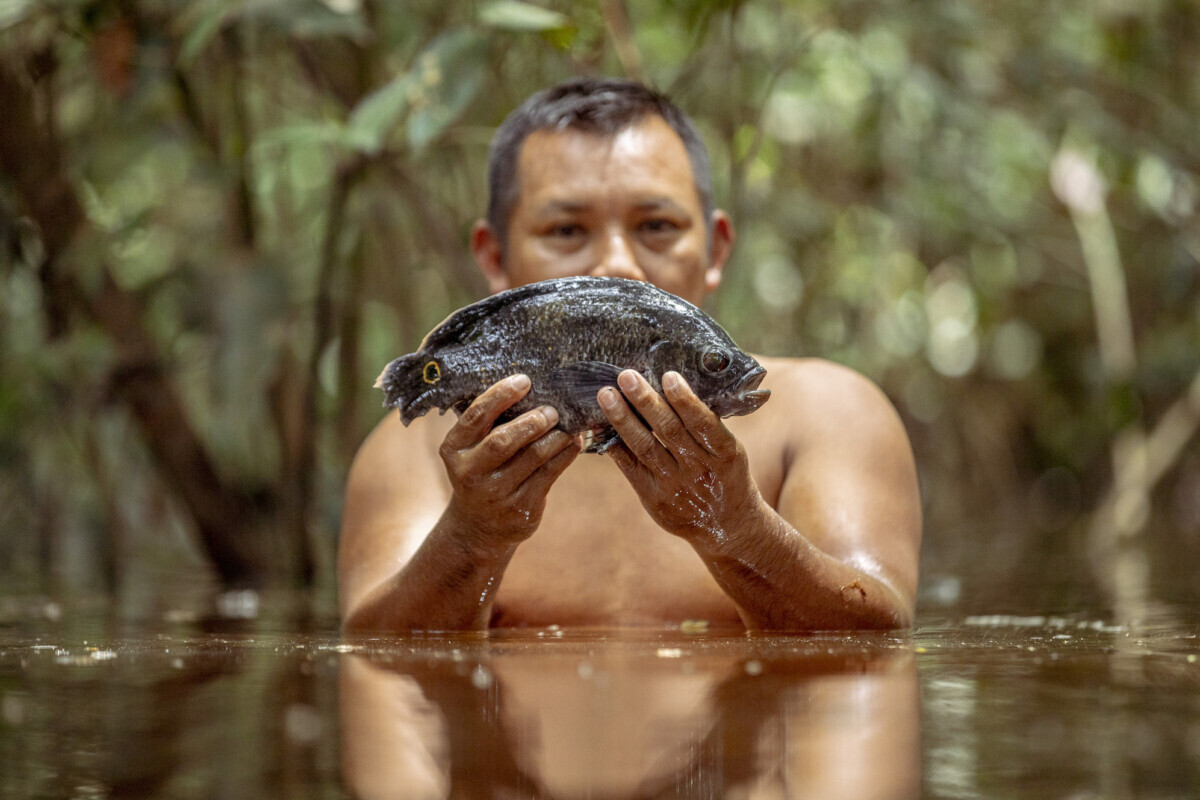Founder’s Briefs: An occasional series where Mongabay founder Rhett Ayers Butler shares analysis, perspectives and story summaries. In a corner of the rainforest where Colombia meets Peru and Brazil, the hum of chainsaws and gunfire never quite dies. Yet, in the shadows of this long emergency, a subtler resistance endures. Its frontline is marked not by barricades or armed patrols, but by walking sticks carved from peach palm, and a deep, unshakable intimacy with the land, reports Mongabay Latam’s Daniela Quintero Díaz. Luis Alfredo Acosta has walked this path for 35 years. A member of the Nasa people and national coordinator of the Indigenous guard under the National Indigenous Organization of Colombia (ONIC), Acosta speaks with clarity shaped by decades of witnessing promises deferred and communities displaced. “Although these appear to be isolated things … it really is an integral resistance,” he says. “Because at its core, all of this only works if there is land.” In Colombia’s Amazon region, “resistance” is neither metaphor nor battle cry. It is physical — guarding against armed groups, illegal loggers, and narcotraffickers. It is intellectual — preserving ancestral knowledge and mapping sacred sites. It is spiritual — sustained through rituals and the use of yagé. And it is cultural — enacted in daily life through small farms, seed banks and forest patrols. That these efforts persist amid violence is remarkable. Of the 1,411 human rights defenders killed in Colombia over the past decade, at least 70 were Indigenous guards. In many areas, the…This article was originally published on Mongabay
From Conservation news via this RSS feed


